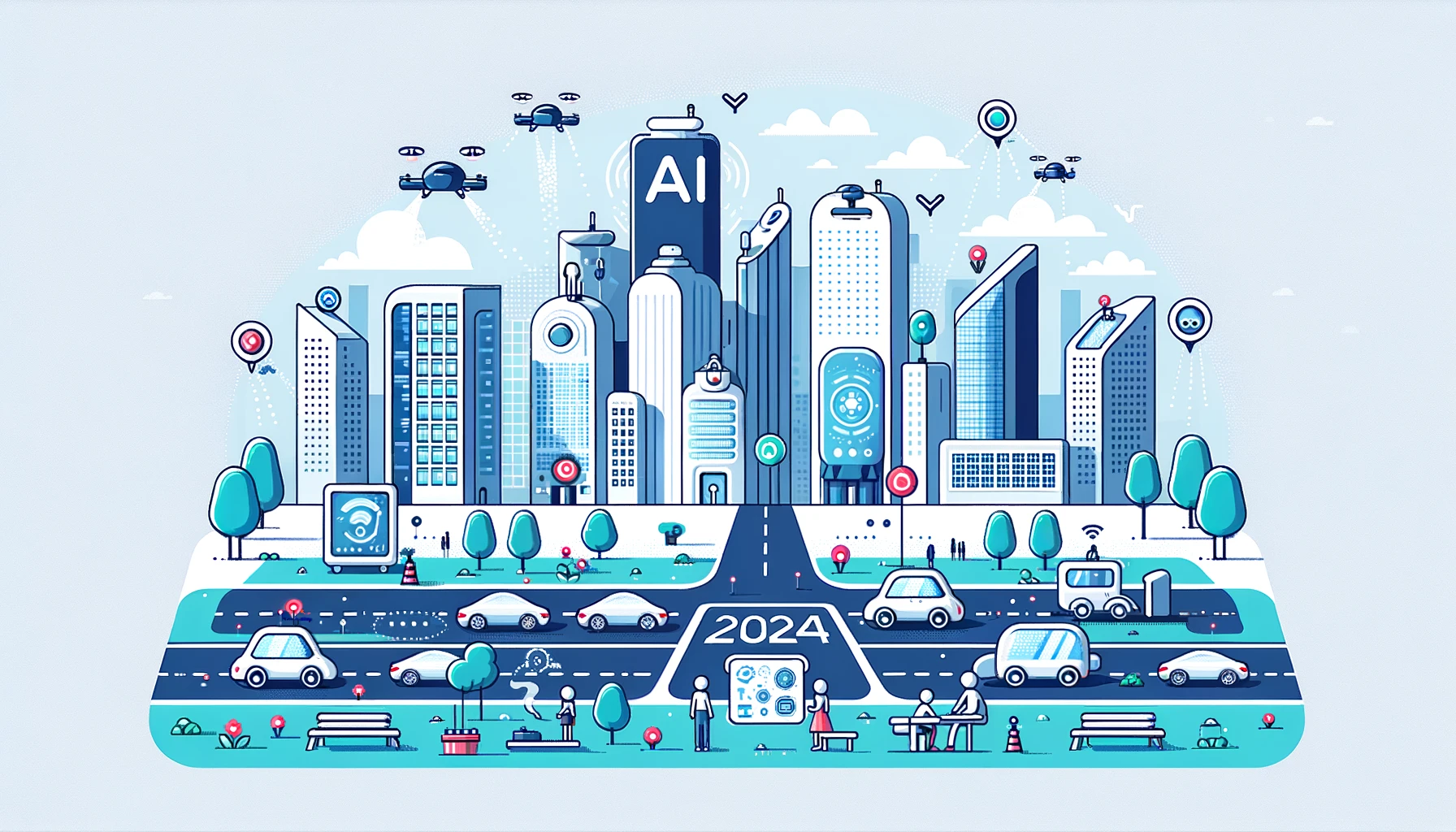As we step into 2024, the realm of artificial intelligence (AI) continues to evolve at an unprecedented pace. This transformative period in AI technology heralds a future filled with innovation, challenges, and opportunities. From the proliferation of AI-generated content to the advancements in machine learning models, the landscape of AI in 2024 is both exciting and daunting. In this comprehensive overview, we'll explore the key AI trends that are set to shape our world in the coming year.
Table of Contents
AI-Generated Content and Disinformation
The rise of AI-generated content is a double-edged sword. On one hand, it offers the potential for creativity and efficiency, enabling the creation of everything from art to news articles with minimal human input. On the other hand, the ease of generating realistic-looking disinformation poses significant challenges. The proliferation of deepfakes and AI-generated election disinformation highlights the need for robust mechanisms to distinguish between real and fabricated content.
The Shift Towards Proprietary AI Models
As concerns over privacy and data security grow, there's a noticeable shift towards the development of proprietary AI models. Organizations are increasingly favoring custom solutions that offer better control over data, rather than relying on public models trained on vast datasets from the internet. This trend is partly driven by the anticipation of stricter AI regulations, which encourage a more secure and personalized approach to AI development.
The Demand for AI and Machine Learning Talent
The integration of AI and machine learning into business operations has sparked a surge in demand for skilled professionals. The ability to design, train, and maintain complex AI systems is becoming an essential skill in the workforce. This demand highlights the need for education and training programs that can prepare individuals for careers in this evolving field.
The Global GPU Shortage and Its Implications
The race to harness AI's potential is leading to a global shortage of GPU processors, essential for running AI applications. This shortage underscores the competitive nature of AI development and the need for innovation in hardware technologies. Efforts are underway to develop low-power alternatives and more accessible AI technologies, aiming to democratize access to AI tools.
The Emergence of More Autonomous and Multimodal Agents
2024 is poised to witness the evolution of AI agents capable of performing a wider range of tasks with less human input. These agents will not only interact through text but will also understand and execute higher-level intentions, integrating seamlessly with various services and platforms. The development of multimodal models that can process and generate different types of data, including text, images, audio, and video, is a significant step towards more versatile and capable AI systems.
Personalization and AI Chatbots
Personalization is becoming a cornerstone of AI development, with systems increasingly able to tailor experiences to individual users. This trend is evident in the advancements of AI chatbots, which are becoming more sophisticated in understanding and responding to user needs. As these chatbots evolve, they offer the potential to revolutionize customer service, marketing, and even personal assistance.
In conclusion, the AI trends of 2024 reflect a world that is increasingly reliant on and shaped by artificial intelligence. As we navigate these developments, it's crucial to remain aware of the ethical implications, the need for equitable access to technology, and the importance of preparing the workforce for the future. The journey into the AI-driven future is fraught with challenges, but it also offers unparalleled opportunities for innovation and growth.
FAQs
-
What is AI-generated content and why is it controversial?
AI-generated content refers to media created with the help of artificial intelligence, including text, images, videos, and music. It's controversial because it can be used to create realistic disinformation, posing challenges to distinguishing between real and fabricated content. -
Why are proprietary AI models becoming more popular?
Proprietary AI models offer greater privacy and data security, allowing organizations to have better control over their data. This trend is also driven by the anticipation of stricter AI regulations. -
What is the global GPU shortage and how does it affect AI development?
A global shortage of GPU processors, essential for AI applications, is due to increased demand and limited supply. This affects the pace of AI development and innovation, highlighting the need for alternative hardware solutions. -
How are AI agents becoming more autonomous?
AI agents are evolving to perform tasks with less human input, integrating with various services and platforms, and understanding higher-level intentions. This makes them more autonomous and capable of assisting in a broader range of activities. -
What role does personalization play in AI development?
Personalization allows AI systems to tailor experiences and interactions to individual users, enhancing the relevance and effectiveness of services such as chatbots, recommendations, and content curation.

